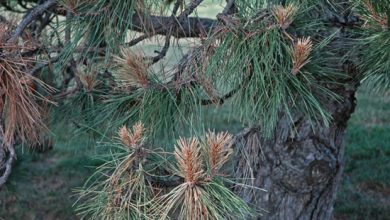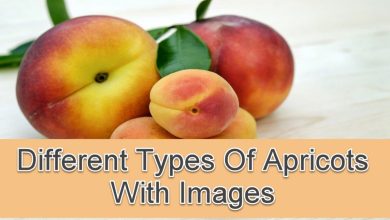Care of Leptospermum, Wax Flower or Tea Tree
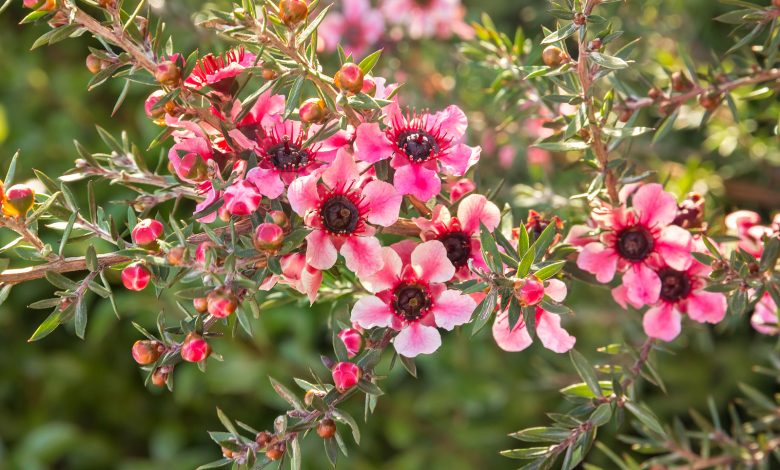
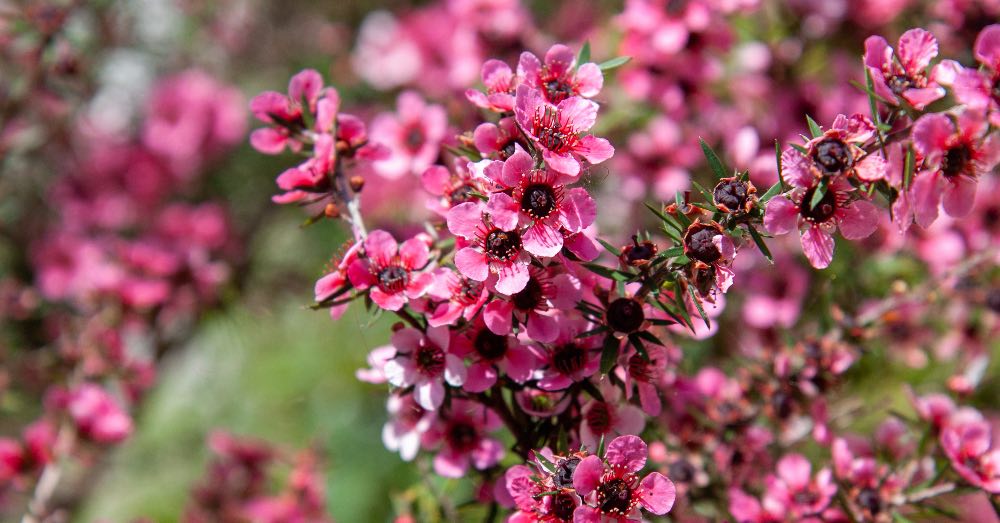
It is one of those almost unknown plants that, however, you just have to see to fall in love. Beyond its unique beauty, Leptospermum care makes it extremely easy to enjoy one of the simplest shrubs to grow that exist. Its low demand is such that it becomes perfect for those who are new to caring for plants or simply cannot spend much time on gardening but do not want to give up having a green space full of life.
The origins of Leptospermum give us a clue to its low demand. Coming from Australia and New Zealand, the fact that we enjoy this plant that grows wild in the antipodes is due to an almost legendary history. And it is that its discovery is attributed to an expedition to the South Seas of Captain James Cook, but also the fact that today it populates our gardens. It would be thanks to two naturalists who accompanied him on that trip that this shrub, almost a cult for the Maori, would reach Europe. What’s more: it would be Cook himself who would baptize this plant with one of its popular names, tea tree.
Legends and history aside, let’s find out in depth what the Leptospermum care is. A bush that leaves no one indifferent and that, with a little pampering, can become the protagonist of any space.
7 LEPTOSPERMUM CARE FOR YOUR WELL-BEING
Let’s start by getting to know it a little more thoroughly, taking an important aspect as a starting point. The genus Leptospermum includes more than 80 species. Common to all of them is the typology of their perennial leaves, simple in terms of their design and small in size. This is not the only resemblance between the different varieties: all these bushes are characterized by abundant small but extremely beautiful flowers that appear from April to June, and in colors that range from fuchsia to white depending on the variety. The attractiveness of its flowering is such that, in a popular way, it also receives the nickname of Flor de Cera bush.
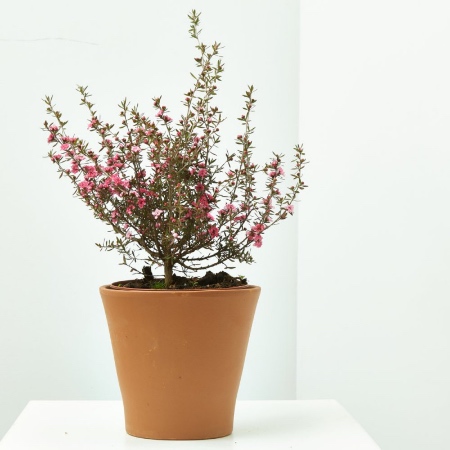
Knowing their similarities, let’s see an important difference between the different species. Although Leptospermum care is the same regardless of its variety, there is a factor that we must know depending on the type of tea tree that we choose: its dimensions. In general terms and when we buy this plant, most of the Leptospermum have a small size that tends to deceive. And we say this because a little known detail is that, depending on the variety, they can reach between two and four meters in height. And not only that: we must also consider, especially if we plant it in the ground together with other shrubs, that its width will exceed one and a half meters. Very interesting dimensions, whether we plant it individually or if we seek to group it with other similar bushes. Of course: although it develops at a good pace, we cannot contemplate it in the list of fast-growing shrubs for fences.
And now yes, let’s see in depth what this beauty needs that fills with color in spring, and that can be grown both in the ground and in pots.
1. A location in full sun, essential
It’s no wonder that, coming from where it does, Leptospermum is picky when it comes to the sun. In order to grow and, above all, flourish, you need to receive only direct. It also tolerates light shade, although it probably won’t bloom as happily.
In addition to this, it also appreciates being sheltered from the wind, making it an ideal candidate for planting in front of a wall.
2. Temperature, one of the Leptospermum care that we can ignore
We might think that, due to its origins, the tea tree does not tolerate cold. And it is not like that at all: it admits exposures down to -10 degrees and even survives frost if they are not severe. Something that gives us a barracks when it comes to planting it, since it can live even in cold climates.
As far as heat is concerned, it has no problem with high temperatures. What’s more: he appreciates them.
3. Cool, well-drained soil is key to good health
We could say that, of all the Leptospermum care, it is the most important. And it is that, due to its origins, this shrub is not only not used to waterlogging but also does not tolerate them. If you suffer from them, it is highly likely that your roots will rot.
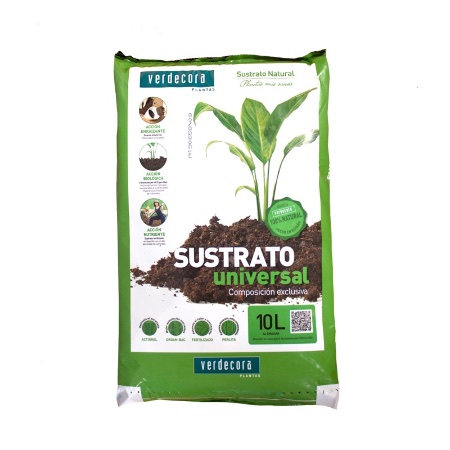
To avoid this and beyond knowing its irrigation needs in depth, it is essential to offer it good drainage and very defined characteristics. Although it is capable of growing in poor soils, there is no doubt that the ideal for it is a neutral or slightly acidic, fertile and fresh soil.
4. Moderate irrigation, essential for the tea tree
Although it does not usually appear, Leptospermum could be a perfect candidate for the list of drought resistant plants. Something that gives us a clue as to how far we should water in a measured way, always letting the substrate dry between watering and watering. In the growing season, in summer and if we have it planted in a pot, we will have to be more regular but always checking that the lower layers of the substrate are not wet.
Just as important as the amount of water is the type. The Flor de Cera bush does not tolerate lime-rich waters, so we have to know in depth what ours is like or, failing that, allow the rain to water it.
5. A regular subscriber, the best help for flowering
A fundamental task to promote its growth but also flowering. From the beginning of spring to the end of summer, it is convenient to pay our bush regularly.
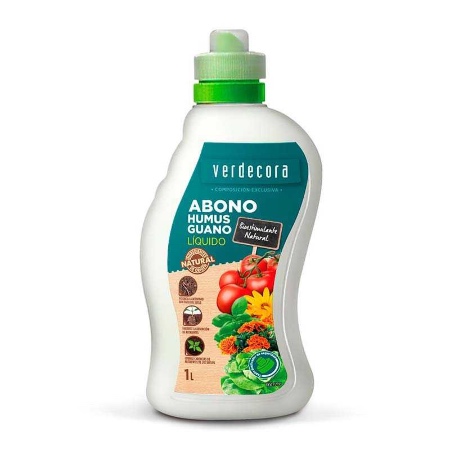
To do this, the ideal is to use an organic fertilizer such as earthworm humus or guano. With the arrival of autumn, we will apply a last dose and let our bush rest during the winter.
6. Pruning, an unnecessary task
As it is. One of the characteristics of the so-called tea tree is precisely its ungainly and wild appearance. A compelling reason to let it grow freely without interceding in its shape.
If we have it in a pot or if it is essential, we will have to prune it in mid-autumn.
7. Pests, a minor aspect in Leptospermum care
In general, Leptospermum has an incredible natural resistance to pests. However, if it exhibits any of the signs of plant disease, it is likely that cottony mealybugs, spider mites, and aphids will set their eyes on it.
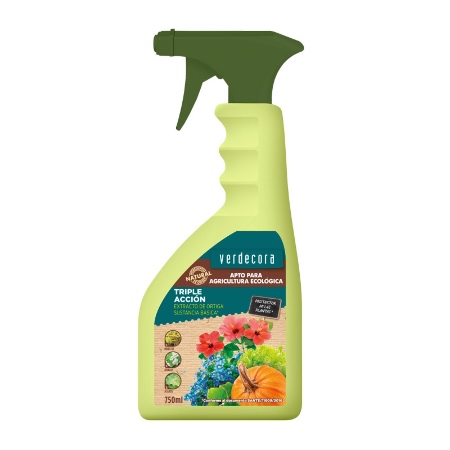
In case of detecting any of these insects, it is not only essential to stop their presence using a specific insecticide: we will also have to ask ourselves what is failing in their little care so that they manifest themselves in our tea tree.


![Photo of Types of Bonsai: [According to Size and Shape]](https://www.complete-gardening.com/wp-content/uploads/2022/08/types-of-bonsai-according-to-size-and-shape-390x220.jpg)
